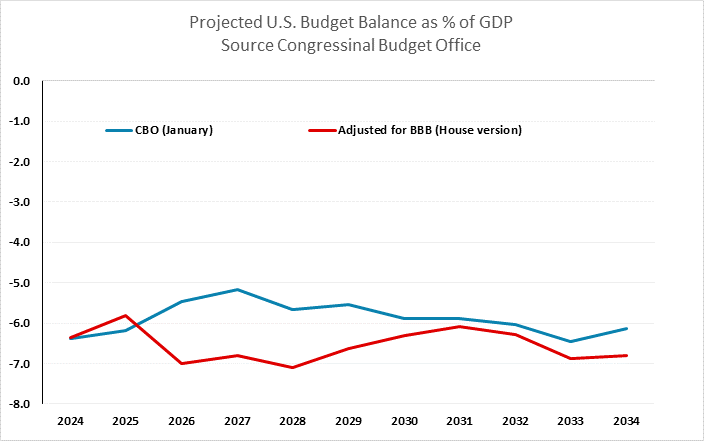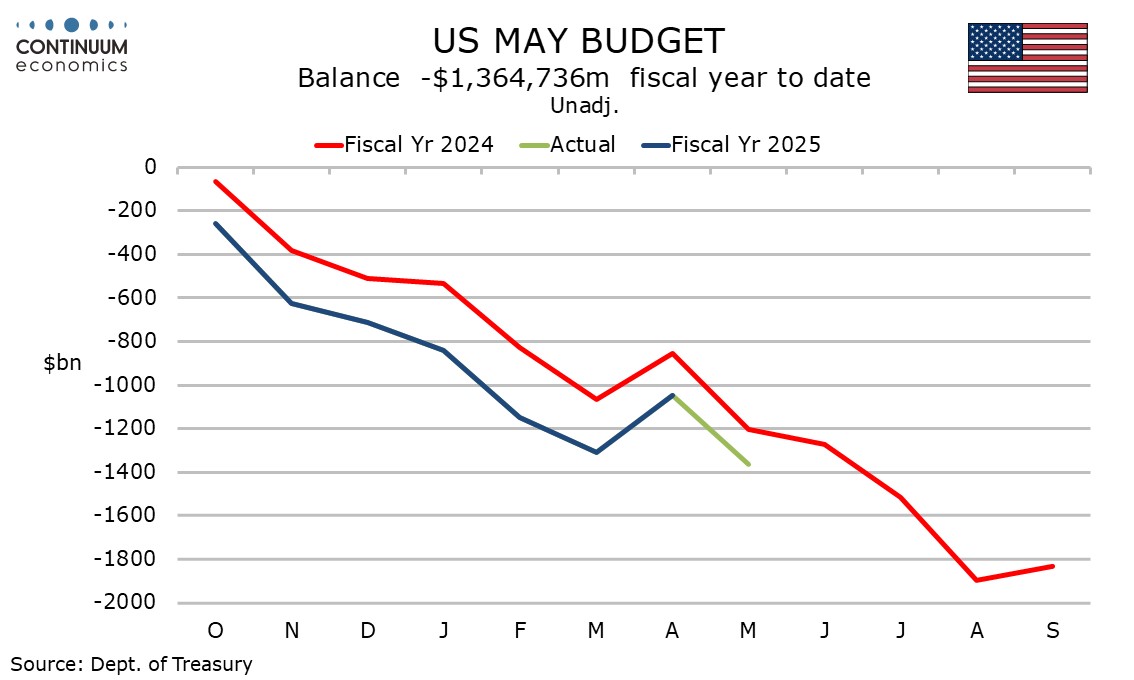Senate adds more debt to the U.S. budget bill, and sends it back to the House
The Senate has passed its version of the “One Big Beautiful Bill” relying on the casting vote of Vice-President Vance. The Senate’s version adds more to the deficit than the version previously passed by the House, also passed by only one vote, meaning that a rapid approval of the Senate version by the House is not certain.
Three Republican Senators voted against the bill, forcing the casting vote from the Vice-President. One Republican Senator who did back the bill, Alaska’s Lisa Murkowski, stated the hoped that the House would make some changes, which would delay the bill’s final passage beyond July 4.

Both versions of the bill cut spending by around $1.2 trillion over 10 years, though Medicaid, where the cuts are particularly controversial, sees larger cuts in the Senate version. The Senate has $4.4 trillion in tax cuts, compared with $3.7 trillion n in the House version. This is partly due to the Senate scheduling fewer of the tax cuts to expire before the 10 years are done, meaning that deficits would stay near 7% of GDP for longer under the Senate bill, though in reality the tax cuts are unlikely to expire, keeping deficits high. The Senate raises the debt ceiling by $5 trillion, while the House bill raises it by $4 trillion.

More tax cuts, more debt and more cuts to Medicaid may make it difficult for a few House Republicans to back the Senate bill as it is written, though Speaker Johnson and President Trump will push hard for its passage. The differences between the two bills are moderate and will surely be reconciled, though some wrangling may continue for a few days yet.